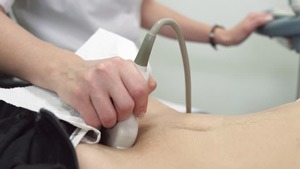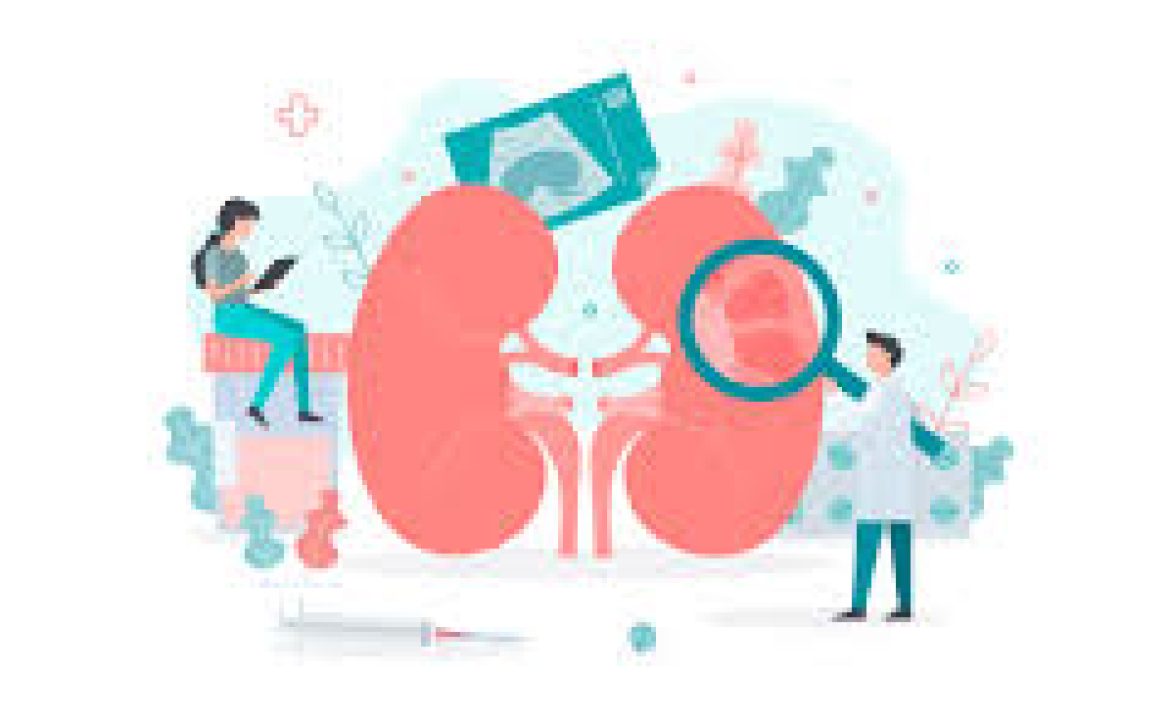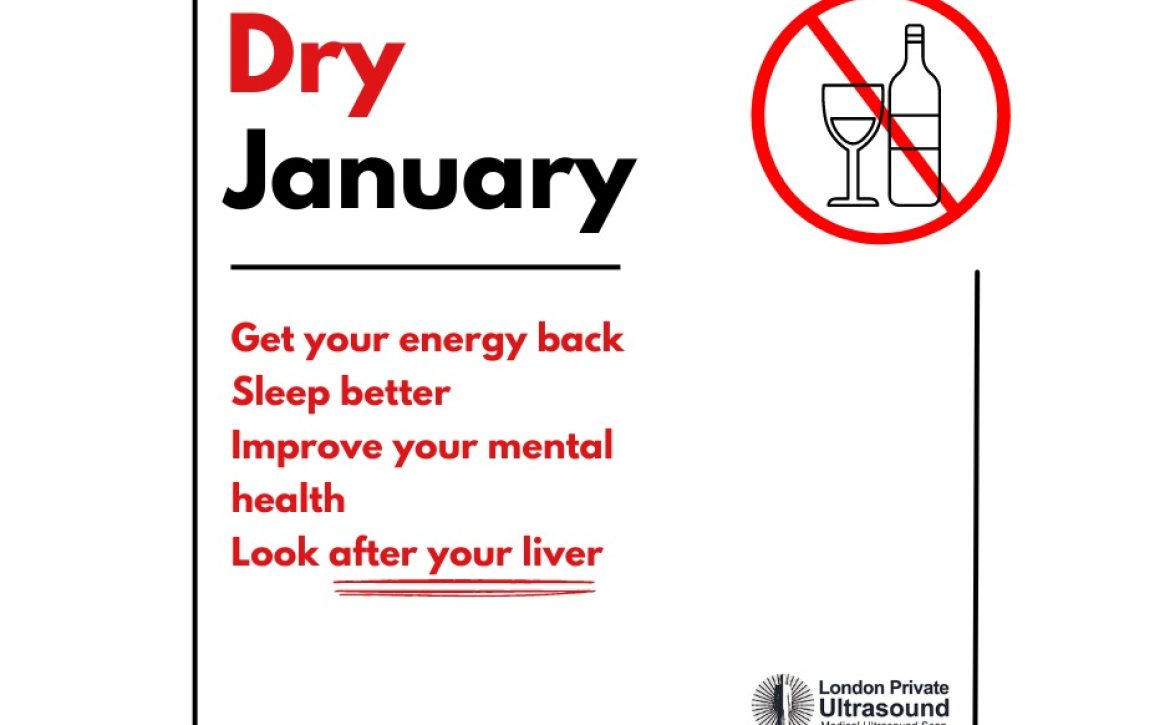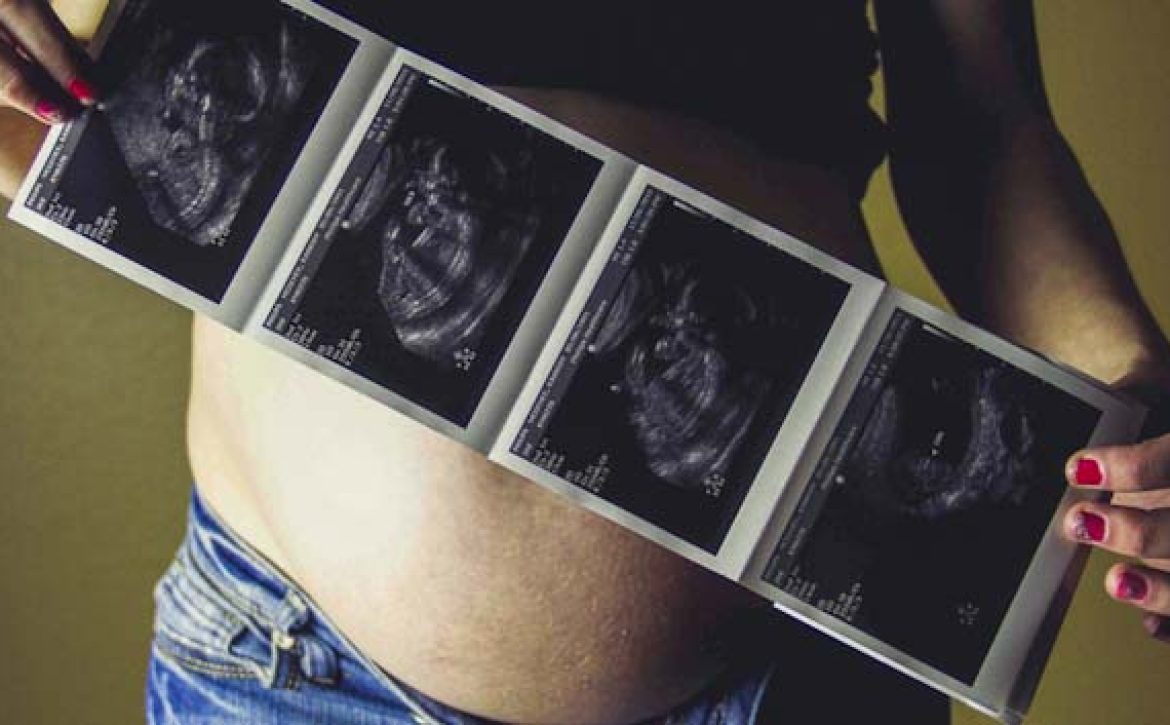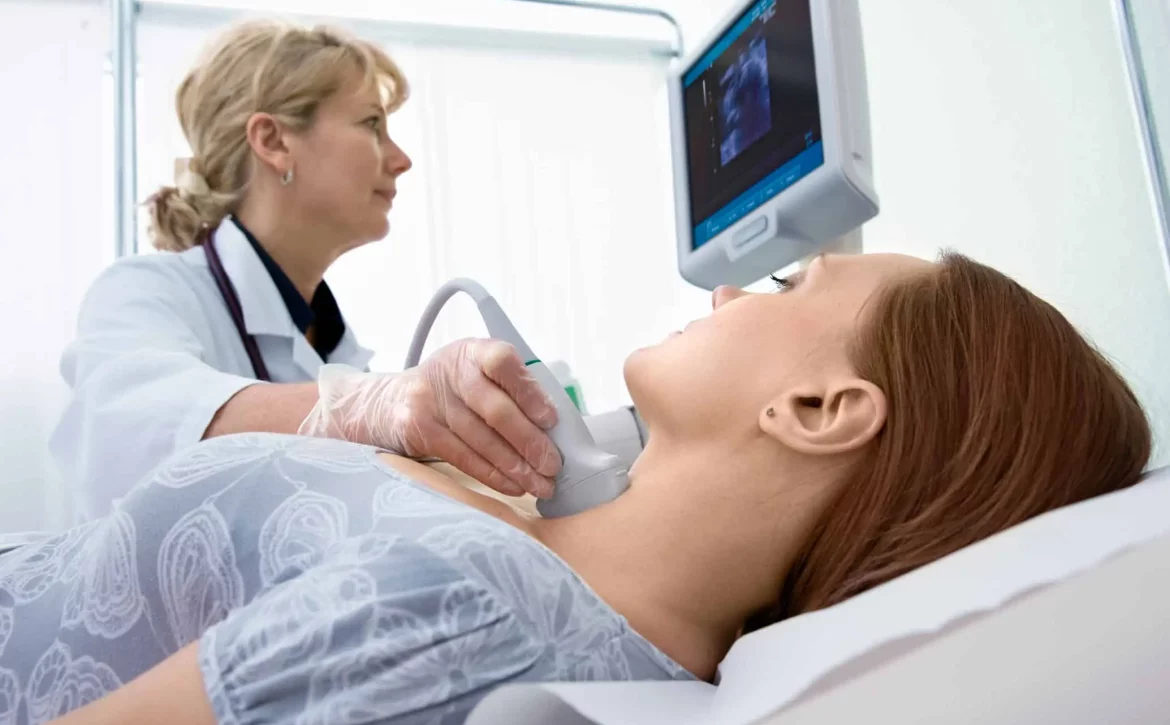Antenatal Scans and Screenings:
Pregnancy is a very exciting time, doesn’t matter if this is your first or not. It is especially important to look after yourself and your unborn baby by getting familiar with your antenatal care or “Pregnancy Care”. “Antenatal or Pregnancy Care” is a package of healthcare and support you should have while you are pregnant. This care package is in place to make sure you and your unborn baby are safe and well throughout your pregnancy journey. Regular Antenatal care is important to:
- Keep an eye on how your baby is growing
- Pick up conditions that might not have any early symptoms to notice but routine checks can notice them even you feel perfectly fine.
- Check the health of your baby through blood tests and ultrasound scans (find more information about ultrasound scans and blood tests below).
Ultrasound scan: Ultrasound scan is the safest way to look at your baby in your womb. An ultrasound scan can tell the approximate date your baby is due, confirm whether you are having more than one baby, and notice some possible pregnancy complications. We know that seeing your baby for the first time can feel like an exciting event and that you may feel anxious too. Therefore, you can bring your partner, a friend, or a family member along with you to share it.
How does the ultrasound scan work? Ultrasound is a safe and non-invasive imaging technique using high-frequency sound waves to produce black and white or color images of your baby, which has been around for half a century with no known harm to the unborn child. All medical care pregnancy relies heavily on ultrasound findings during pregnancy. Pregnancy is divided into 3 trimesters each lasting around 12 weeks which makes the length of the pregnancy 38-42 weeks approximately. During the 3 trimesters of pregnancy different ultrasound imaging and techniques are used to help in the management of regular monthly care and medical or surgical intervention if needed.
First Trimester: The duration of the first trimester begins from the first day of your last period up to week 12 of your pregnancy. From the first day of your last period up to week 12 of your pregnancy is the first trimester. During this time, the fertilized egg and sperm, the new baby cells, implant themselves inside the lining of the womb(endometrium). Sometimes this does not happen, and the pregnancy starts to grow outside the womb and is called an ectopic pregnancy, which is a medical/surgical emergency. Sometimes there might be hidden bleeding inside with the possibility of miscarriage or the tissue of the placenta becomes abnormal which is called molar tissue both of which need medical intervention.
In the early stages of the first trimester between 5-7 weeks, ultrasound has an invaluable diagnostic power. Two tools of external scanning (Transabdominal with a full bladder) and internal (Transvaginal with empty bladder) ultrasound is used to diagnose the followings:
- 1) Determination of the site of the pregnancy sac whether it the correctly placed in the womb or abnormally and ectopically outside the womb.
- 2) Determination of the number of pregnancy sacs and the number of babies present in single or multiple pregnancies.
- 3) Determination of viability of the baby by visualization of the heartbeat. This usually starts around 5-6 weeks of gestation. A rescan is always offered if a heartbeat cannot be seen in very early gestations to recheck the viability a few days later.
- 4) Determination of the possibility of complications such as bleeding, possibility of miscarriage, or abnormality of the tissue of the placenta such as molar pregnancy.
- 5) Determination of the health of ovaries and the corners of your pelvis which is called adnexa.
- 6) During 5-7weeks baby appears as a bean-shaped structure with no arms and legs and the presence of a heartbeat is considered a baby’s health.
Later, at around 10 weeks, the baby’s arms and legs and top of the head can be seen and internal structures start to show themselves, and the spine and front of the abdomen can also be checked.
From around 10 and 4 days to 12 weeks the baby is big enough to be checked for possible chromosomal abnormalities. The two most common tests available are based on ultrasound scan and a blood test from the mother’s arm are NIPT and NT screening.
Second trimester: During the second trimester of the pregnancy from 12 weeks to 24 weeks, the baby’s structures are fully formed and can be checked by ultrasound. Gradually from 16 weeks onwards, the baby’s gender (Sex) can be identified. During this period, the baby’s health and anatomy are checked. Development of the brain and heart and all internal organs are checked. Further, along with from 18-22 weeks with an anomaly scan which is a very detailed scan, the baby’s growth, health, heart, spine, abdomen, and kidney structures can be checked in detail. Fingers and toes are counted for. The placenta position is checked to be high in relation to the cervix to allow safe passage for a natural delivery. Blood flow from the placenta to the baby is also checked by color Doppler imaging. With an anomaly scan completed, usually, no other scan is offered to mothers under NHS. However, with a reassurance scan that looks at any concerns, you might have during the 2nd and 3rd trimesters you can have a detailed scan checking your concerns and have a piece of mind.
When can I tell if I am having a boy or girl? At your 16-40 weeks of pregnancy, the sonographer may be able to see if your baby is a boy or a girl. Tell them if you would like to know – and tell them too if you don’t want to find out until the birth.
Third trimester: From 24 weeks onwards your fully formed baby starts to put on weight and grow. Growth scans are set to examine babies who on routine monthly maternity examinations by GP or midwife are either suspiciously too big or too small on maternal fundal height measurements. Some mothers can develop gestational diabetes or have high blood pressure or any other medical history or complications which might affect the growth of the baby. You might be just curious about the weight of your baby or anxious over the function of the placenta. Growth scans are designed to check the baby’s estimated weight by measuring the baby’s head circumference, abdomen circumference, and the baby’s length of the thigh bone measurements. The blood flow from the placenta to the baby is checked to ensure placental health, amniotic fluid is measured and the baby’s internal organs such as heart, lungs, diaphragm, kidneys, stomach, and bladder are also checked.
Between 24-32 weeks, if you are interested to see your baby in real-time imaging or still images in color imaging you can book a 3/4D scan. You may be lucky to see him/her sucking their thumb, have a yawn, stretch, smile, or frown and see your baby’s face in real-time and further bond with your little bundle of joy.
Presentation scan: Some pregnancies might need a much later scan as there might be a chance that the baby’s head is not down and maybe breech or transverse. A presentation scan is performed from 36-37 onwards and it not only checks the position of the head and gives information about the presentation and a safe passage for delivery but also checks all information regarding the baby’s growth and wellbeing, blood flow from the placenta and amniotic fluid volume is checked.
Cervical length scan: Some women have a history of late 2nd and 3rd-trimester miscarriages in their previous pregnancies, some are worried about the possibility of a shortened cervix, and some have a history of surgery on the cervix, and all are worried to know if their cervix is long enough, closed (competent) and able to keep the pregnancy for its duration. Transvaginal Cervical length measurement is a safe non-invasive ultrasound method to show the length and competency of the cervix. It can be performed from 16 weeks gestation. It also can help to figure out if the placenta is on the cervix (placenta previa) or a loop of the umbilical cord is trapped underneath the baby’s head or leg/feet near the cervix called cord presentation. If a transvaginal scan is prohibited or undesired by the patient trans labial scan (Scanning between the mother’s leg over the genital area) is the second-best choice to perform an examination to get accurate measurements.
Screening and diagnostic tests: Screening tests will let you know whether your baby has a high chance of particular conditions such as Down’s syndrome, Edwards syndrome, and Patau syndrome. At London Private Ultrasound we can provide you with the most completed package of screening tests as follows:
NT and NIPT TestsThese two tests are non-invasive screening tests that check three major chromosomal abnormalities in early pregnancy. Trisomy 21 or Downs syndrome, Trisomy 18 or Edwards syndrome, and Trisomy 13 or Patau syndrome.
NIPT (Non-invasive prenatal test)This test is carried out as early as 10 weeks and 4 days. A dating or an early ultrasound scan is performed, and the gestational age is established. The baby’s body is checked thoroughly, and structures are identified to be normal. Then Blood is drawn from the mother’s arm. The blood is sent to the lab and is analyzed for the baby and placental cells floating in the mother’s bloodstream. With NIPT the baby’s gender(sex) and health of sex chromosomes can be checked also. Once all is established a comprehensive report is issued which gives the risk factor of the trisomies mentioned above. NIPT overall is 99% accurate.
NT screening Test: This test is performed from 11 weeks to 13 weeks and 6 days. An early or dating scan is performed, and the gestational age is established. The baby’s body is checked thoroughly, and structures are identified to be normal. An advanced practitioner with relevant qualifications measures the thickness of the accumulation of fluid between two layers of the skin at the back of the baby’s neck. This is called nuchal translucency or NT. All babies have some fluid at the back of their neck at this stage of the pregnancy, however, babies who have thickened layers tend to have a higher risk of chromosomal abnormalities or heart, lymphatic, or kidney disease. So just having an increased thickness does not necessarily mean that the baby has chromosomal abnormality (the NT test on its own is only 70% accurate). By 14 weeks gestation, this fluid gradually disappears and cannot be measured accurately. Then Blood is drawn from the mother’s arm. The blood is sent to the lab and is analyzed. Blood test results are based on pregnancy hormone, or the placenta hormone called BHCG, and a protein produced by the placenta called Papp-A, which are then combined with ultrasound NT measurement, and then the risk is given as a comprehensive result based on these findings and the baby’s gestation. This combined test is about 80-90% accurate.




